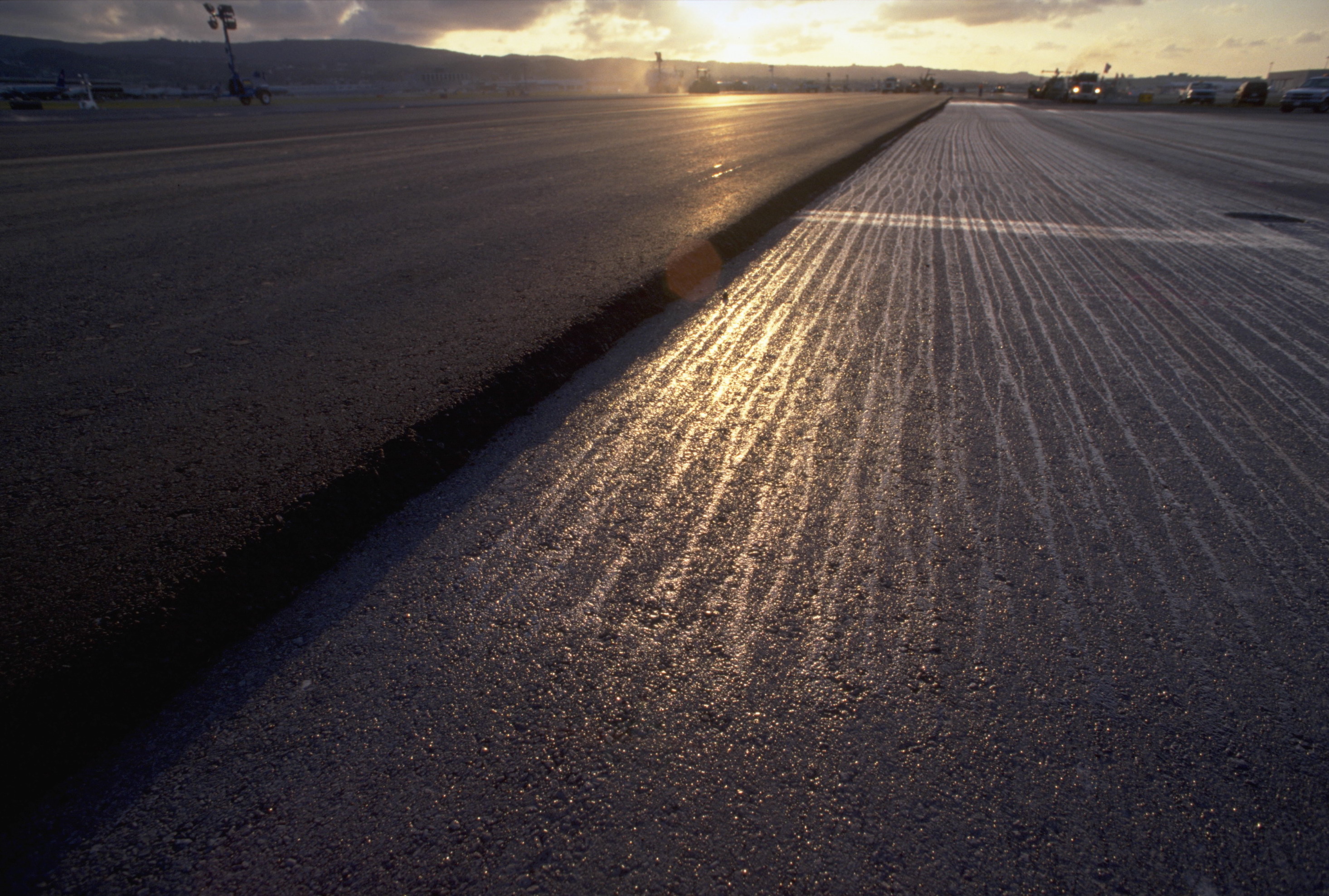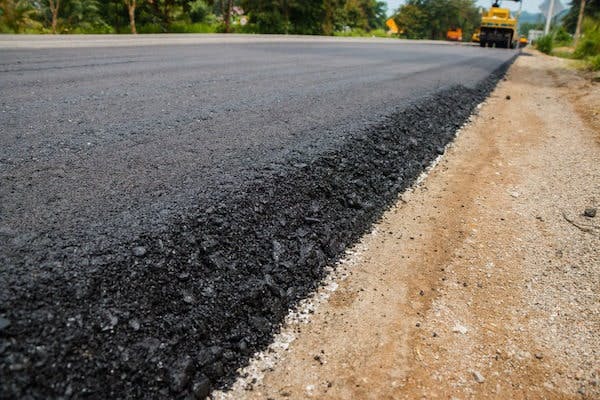Unlocking the Secrets of Warm Mix Asphalt Innovation
Discovering the depths of hot mix asphalt innovation reveals a globe where specific formulations and precise procedures merge to shape our roads and facilities. The combination of fillers, binders, and aggregates isn't just a building and construction job but a critical orchestration of durability and performance. As we peer right into the elaborate dancing of elements, a tapestry of resilience and sustainability unfolds. However what exists underneath this surface area of asphaltic proficiency, and what tricks wait to be unveiled in the world of paving innovations?
Relevance of Warm Mix Asphalt
Warm Mix Asphalt plays an essential duty in contemporary infrastructure development due to its durability and cost-effectiveness. As the most typically utilized paving material for roads, highways, and car parking great deals, Hot Mix Asphalt provides an array of advantages that contribute to its value in building tasks.
The sturdiness of Hot Mix Asphalt comes from its composition, that includes aggregates, binder, and filler products that are meticulously chosen and blended to fulfill particular efficiency requirements. This accurate mix causes a strong and flexible sidewalk that can withstand regular use without substantial deterioration. Warm Mix Asphalt is 100% recyclable, additional improving its sustainability and ecological benefits. In general, the value of Warm Mix Asphalt in infrastructure growth can not be understated, as it continues to be a foundation of modern-day building and construction methods.
Parts of Asphalt Mixes
The structure of asphalt mixes is composed of meticulously selected aggregates, binder, and filler materials that are essential for achieving specific performance needs. Aggregates are the main element of asphalt blends, supplying stamina and stability. These aggregates can be all-natural, such as crushed rock or smashed rock, or artificial, like recycled products from old sidewalks. The binder, usually asphalt or asphalt concrete, holds the aggregates together and supplies versatility and sturdiness to the mix. The option of the binder is crucial as it straight affects the mix's efficiency in various climate condition. Fillers, such as hydrated lime or Rose city concrete, are used to enhance the mix's workability and aging resistance. Angled Parking.
The combination and proportion of these components play a considerable role in determining the top quality and efficiency of the asphalt mix. Engineers carefully create the mix to meet certain needs, taking into consideration factors like web traffic quantity, environment problems, and pavement life-span. Correct option and harmonizing of aggregates, binder, and fillers are vital for creating sturdy, durable asphalt pavements.
Combining and Manufacturing Strategies

As soon as the accumulations are picked, the binder, often asphalt cement, is added to bind the products together. The binder's high quality and quantity substantially impact the mix's toughness, versatility, and resistance to ecological variables. Furthermore, fillers like moisturized lime or Rose city concrete may be included to improve specific features of the asphalt mix, such as its workability or dampness resistance.
Throughout production, the accumulations and binder are heated up, generally in between 250-325 ° F(121-163 ° C ), to assist in mixing and make sure correct finishing of the accumulations. The mixing process must be thorough to attain a homogeneous combination that promotes the wanted performance qualities of the asphalt. Various methods, such as set blending or drum mixing, are utilized to attain regular and top quality asphalt mixes for building jobs.
Aspects Influencing Asphalt Performance
Aspects influencing asphalt efficiency include an array of variables that impact the durability, durability, and total high quality of asphalt sidewalks. One key factor is the top quality of materials utilized in the asphalt mix. The kind and source of aggregates, the binder high quality, and the ingredients all play a considerable role in establishing the efficiency of the asphalt pavement. The gradation right here of accumulations is important as it influences the mix's workability, stability, and resistance to rutting and splitting.

Environmental conditions also affect asphalt efficiency. Temperature variations, wetness infiltration, and website traffic lots can all influence the architectural stability of the sidewalk. Layout considerations, such as pavement density and water drainage, are necessary in guaranteeing the lasting performance of the asphalt pavement. By carefully taking into consideration these service providers, designers and elements can enhance asphalt performance and enhance the life span of pavements.
Lasting Practices in Asphalt Innovation

In addition, the advancement of warm-mix asphalt (WMA) innovations has actually acquired traction in recent times. WMA permits the manufacturing and positioning of asphalt mixes at lower temperature levels contrasted to typical hot-mix asphalt, resulting in decreased energy consumption and greenhouse gas exhausts. In addition, using porous asphalt blends can aid reduce stormwater drainage problems by enabling water to penetrate with the pavement and right into the ground, advertising all-natural water filtering and recharge processes. By applying these lasting methods, the asphalt sector can add to developing a much more resistant and eco pleasant infrastructure network.
Final Thought
To conclude, hot mix asphalt innovation plays an essential duty in modern-day infrastructure advancement due to its durability and cost-effectiveness. By very carefully balancing components, using correct mixing techniques, and taking into consideration find more various factors, engineers can develop high-grade asphalt blends that withstand hefty traffic tons and severe weather condition problems. Accepting sustainable techniques, such as making use of warm-mix innovations and recycled materials, even more boosts the ecological kindness of asphalt modern technology.
Blending and manufacturing techniques in warm mix asphalt innovation involve the precise combination and handling of aggregates, binder, and fillers to create a high-performance and durable asphalt mix.Aspects affecting asphalt performance include a range of variables that influence the toughness, long life, and overall top quality of asphalt pavements. Lasting practices in asphalt modern technology encompass numerous initiatives aimed at reducing the environmental influence of asphalt production and paving processes. By incorporating redeemed asphalt pavement (RAP) and recycled asphalt roof shingles (RAS) right into brand-new asphalt mixes, the market can dramatically decrease the usage of raw products and energy, while additionally lowering garbage dump waste.
WMA enables for the manufacturing and placement of asphalt blends at reduced temperature levels find out compared to conventional hot-mix asphalt, resulting in lowered power consumption and greenhouse gas emissions.